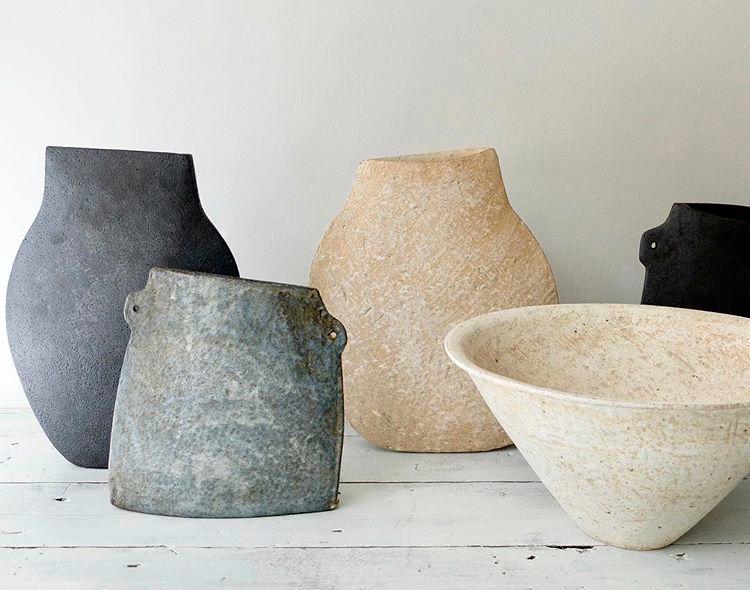THERE are numerous types of clay on the market for different skill levels and applications, so no single type of clay can be used for all purposes. Therefore, you may wish to choose the appropriate types of clay to avoid wasting time and money on the wrong clay. Well, a better understanding of these different clays can assist you in choosing the ideal clay for your pottery project.
Hence, researching and selecting the ideal clay body for your application requires consideration of the end product, budget, and skill level. It is also important to know the highest temperature your kiln can reach when making your clay body selection. Every variety of clay has its own ideal temperature range for optimal performance.
These are the four most common types of clays. The four types of clay are Earthenware clay, Stoneware clay, Ball clay, and Porcelain. All of them can be used to make pottery, but the end result would differ a lot thanks to their different textures, colors, and flexibilities.
1. EARTHENWARE
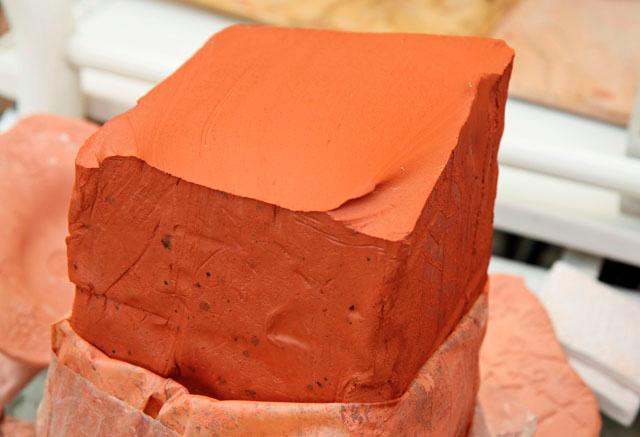
Earthenware clays are the oldest clays utilized by potters and also the most popular nowadays. It is lightweight and beginner-friendly. Different varieties of clay will be mined depending on the composition of the soil, the region, and the local climate.
Terracotta is the most common earthenware clay, and it is frequently used to produce plant pots as well as other items. The Terracotta Warriors are a popular culturally significant piece that you may be familiar with. However, there are also additional types, including Redware from the Americas and Raku from Japan.
Purpose
Earthenware has a rough, celebrated characteristic in ceramic arts. Commonly, you’ll find utilitarian uses of earthenware like outdoor pottery for plants, gardens, and other ornaments. But many of the most celebrated pieces you’ll discover in a museum are also made from earthenware. It is one of the most common types of clay used by beginner potters.
Firing
Compared to other forms of clay, earthenware is fired at the lowest temperatures, resulting in pottery with the necessary hardness. Earthenware is made from clay that is burnt at lower temperatures, often approximately 1,050°C.
2. STONEWARE
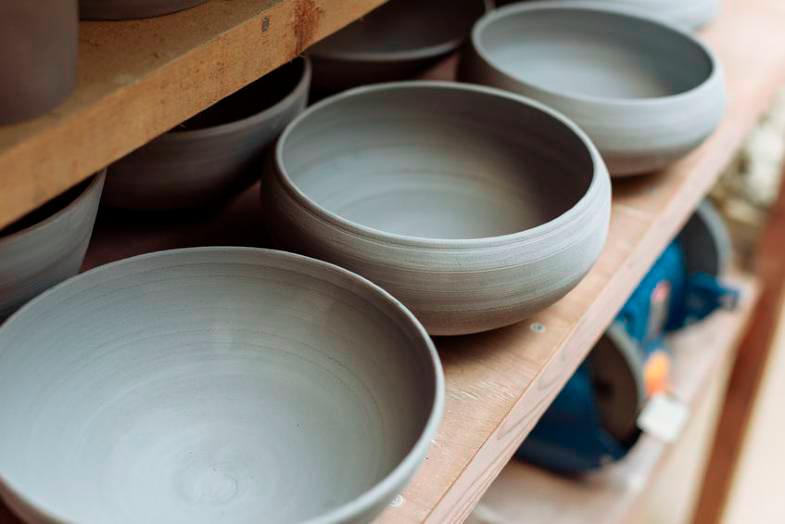
Stoneware is typically a less porous and sturdier material than its porcelain and earthenware siblings. People in the Indus valley (modern-day Pakistan and northern India) made a lot of stonewares. The use of this type of clay spread north to China. The Chinese produced some of the most celebrated ancient pieces of stoneware during the Han Dynasty.
Purpose
Stoneware is quite resilient and is ideal for practical pottery, such as cooking, baking, and holding liquids, as it is less porous than other clays. It can endure heat and other factors, making it safe for use in the oven, microwave, and similar applications. Extensively utilized for hand-building and wheel throwing.
Firing
Stoneware is a high-fire clay, which indicates that it requires high temperatures to harden. This type of clay is fired at temperatures between 1,186°C and 1,285°C.
3. PORCELAIN CLAY
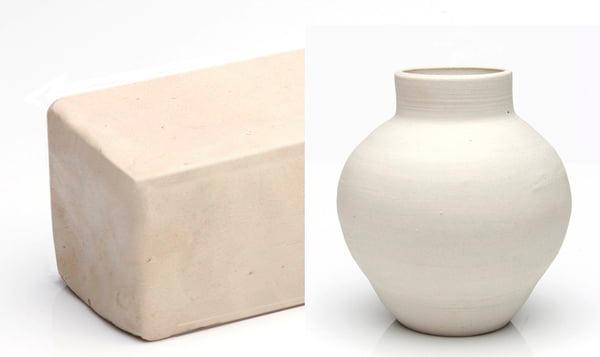
China’s Shang Dynasty-era pottery was made from porcelain clay, following an ancient technique dating back to the Shang Dynasty (1600 – 1046 BC). Kaolin clay is the primary component of porcelain clay (also known as china clay).
The particles used to create porcelain are extremely fine. Because they are so fine, porcelain contains more clay particles than stoneware and earthenware. Because of this, porcelain may be pulled and molded into slim, delicate forms.
Purpose
Porcelain dinnerware and plates are of the highest quality. Often, porcelain is used to make toilets and baths but now you may be familiar with knick-knacks, figurines, and collectibles. Therefore, porcelain is also utilized for far more utilitarian purposes. There is a magnificent legacy of traditional tea ceremonies in Japanese ceramic where Porcelain is used to craft the pots and cups utilised in ceremonies.
Firing
Commonly, firing porcelain involves a process known as vitrification or the transformation of a substance into a glass-like finish, and porcelain is burned multiple times to obtain a variety of finishes.
4. BALL CLAY
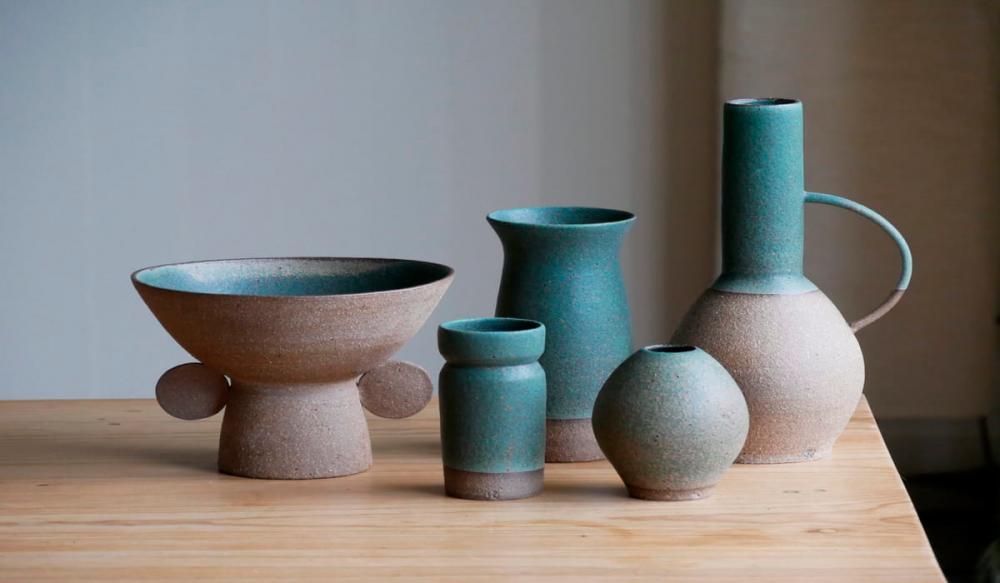
Ball clays are the most plastic of all clays and contain very few impurities. They contain a high proportion of kaolinite, quartz, and between 10% and 25% mica. Ball clays occur naturally as very fine mineral-rich sediments or deposits. Also, lignite can be found in ball clays.
Purpose
Historically, ball clay was used for floor and wall tiles. However, it can also be utilized in any normal ceramic application, such as mugs, plates, and similar items.
Firing
Most potters use ball clay because it produces a white finish after firing. With Firing around 1,290°C, ball clays become brittle. Ball clays would shrink substantially during the burning process, which is a considerable downside.



